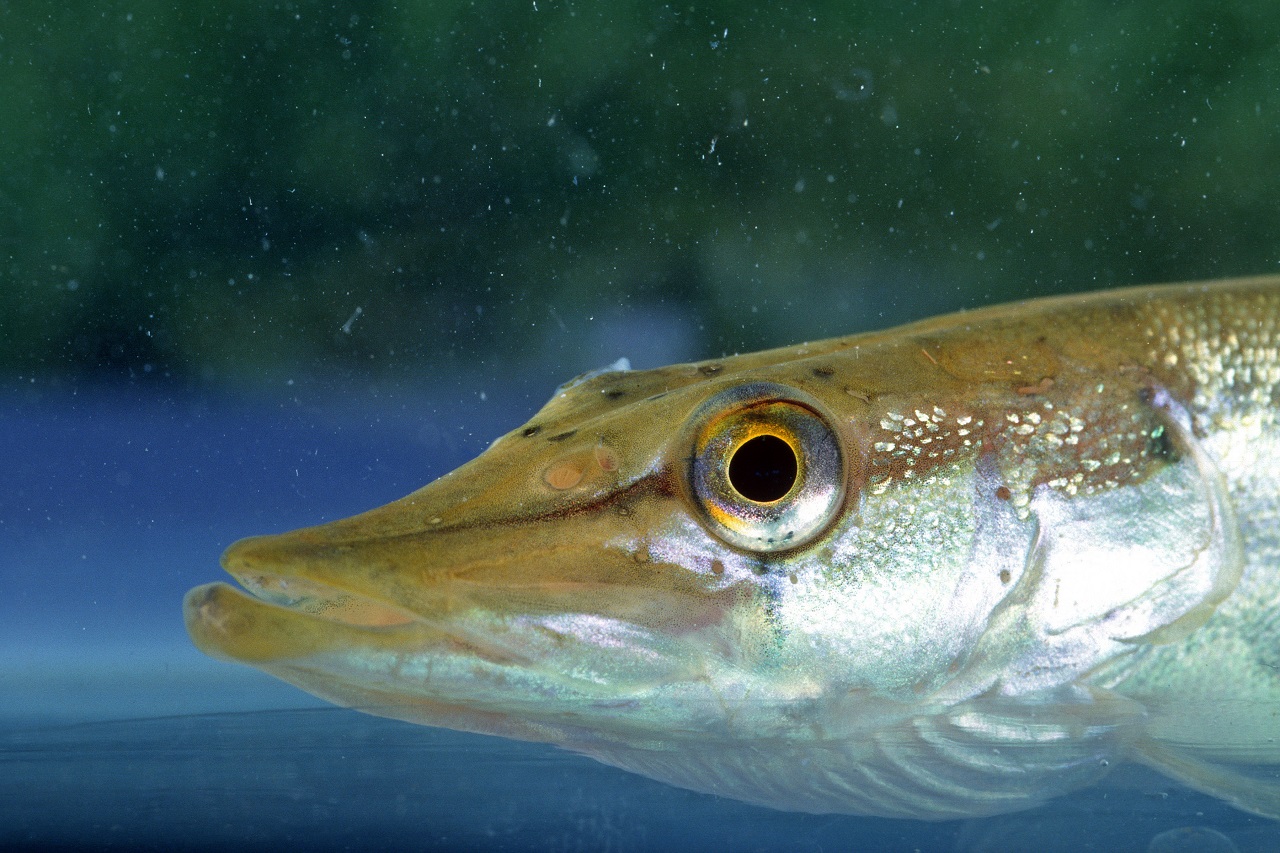Fishing for the future
Conservation projects are helping to reel in threats to Canada's recreational fisheries

Fishing is part of Canada’s cultural fabric. It’s been central to the survival of indigenous peoples for centuries. Today it’s one of the most popular leisure activities in the country, luring millions to open water and shorelines every year.
But recently, the secret spots and favourite haunts frequented by fishers have been under increasing threat. Pollution. Invasive species. Habitat loss and degradation. The impacts have left fisheries compromised and needing improvement in many areas.
In 2013, the federal government responded to recommendations made by conservation organizations, recreational anglers and other stakeholders about the need to restore fisheries habitat by introducing the Recreational Fisheries Conservation Partnerships Program (RFCPP). Funding for the RFCPP was extended as part of the 2015 federal budget.
The program allows the Department of Fisheries and Oceans to partner with and fund recreational fishing and angling groups and conservation organizations like DUC to restore valuable fish habitat – which in turn supports waterfowl, other wildlife, insects and plants. And the results are returning areas back to their former glory – productive, peaceful and full of fish.
Wemps Bay, a Great Lakes coastal wetland on Amherst Island in Lake Ontario, is one area that’s reaped the benefits. Situated on private property and accessible only by ferry, the large sandy beaches and shallow water of Wemps Bay make it a hidden gem… one with tremendous environmental value.
“Coastal wetlands are incredibly diverse ecosystems,” says Jennifer Lavigne, DUC conservation specialist responsible for the Wemps Bay project. “They work like a filter between land and water and provide specialized habitat for all kinds of plants and animals. Wemps Bay in particular is home to species at risk like the black tern and Blanding’s turtle.”
In 1988, DUC completed a wetland restoration project at Wemps Bay to help manage water levels within the coastal marsh.
Since then, the infrastructure has aged and an influx in invasive common carp have taken a toll. With funding from the RFCPP, DUC got to work restoring nearly 90 acres (36 hectares) of wetland habitat. DUC rebuilt the water control structure and dike, and installed a passage structure for fish. Special exclusion gates keep carp out while letting in native fish like largemouth bass, northern pike and muskellunge.
“These fish access the shallow waters of the wetlands for spawning, nursery habitat and foraging. But carp, which can grow to huge sizes – in some cases up to 20 pounds or more – can crowd out these native species. Carp also destroy emergent vegetation that is critical protective cover for waterfowl brood rearing,” says Lavigne.
“It’s encouraging to see governments, industry and all Canadians recognizing the broad and wide-ranging benefits of wetlands,” says Jim Brennan, DUC’s director of government affairs. “The collaborative approach of the RFCPP allows organizations like DUC to pool our resources and leverage our conservation experience to deliver results that support biodiversity, particularly fish reproduction at Wemps Bay.”
To date, DUC has accessed RFCPP funding to impact 18 projects across the country. Each plays a role in sustaining the environment so many Canadians are angling for: places where clear skies converge with sparkling water and where the promise of the next big catch hangs in the air.



